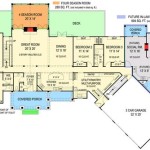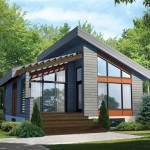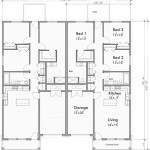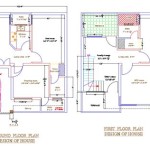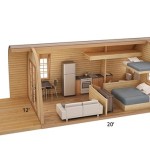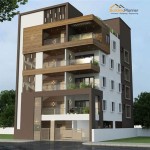Essential Aspects of Self Sufficient Living House Plans
In the face of increasing environmental concerns and a desire for a more sustainable lifestyle, self-sufficient living has become a sought-after option for many. A self-sufficient living house is designed to minimize reliance on external resources, allowing homeowners to live off the grid or with a significantly reduced environmental footprint. To achieve this, careful planning and consideration of various essential aspects are crucial.
1. Energy Efficiency
Energy efficiency forms the cornerstone of self-sufficient living. The house should be designed to minimize energy consumption through passive design strategies such as natural insulation, passive solar heating, and strategic window placement. Additionally, incorporating renewable energy sources like solar panels, wind turbines, or geothermal heat pumps can further reduce reliance on external energy grids.
2. Water Management
Water is essential for sustaining life, and self-sufficient houses should have systems in place to collect, store, and treat rainwater or other natural water sources. Rainwater harvesting systems can capture rainwater from rooftops and store it in tanks for later use. Additionally, greywater systems can redirect water from sinks and showers for non-potable purposes like irrigation or flushing toilets.
3. Food Production
Growing your own food is a vital aspect of self-sufficiency. House plans should incorporate dedicated spaces for gardening, either through raised beds, vertical gardens, or greenhouses. Choosing plants that are suitable for the local climate and adopting organic gardening practices can ensure a steady supply of fresh produce.
4. Waste Management
Waste management is often overlooked but is crucial for sustainable living. Houses should be designed with composting systems to process organic waste like vegetable peelings and yard trimmings. Composting enriches the soil and reduces the amount of waste going to landfills. Additionally, recycling programs and responsible disposal of non-recyclable materials help minimize environmental impact.
5. Waste Water Treatment
Treating wastewater from toilets, sinks, and showers is essential to prevent contamination of water sources. Self-sufficient houses may employ a variety of systems, such as septic tanks, composting toilets, or constructed wetlands, to effectively treat wastewater before it is released into the environment.
6. Storage Space
Adequate storage space is crucial for self-sufficient living. The house should have ample storage for food, water, and other supplies to ensure sustainability during periods of scarcity or emergencies. Consider both indoor and outdoor storage options, such as pantries, cellars, or sheds.
7. Skills and Knowledge
Living off the grid or achieving a high level of self-sufficiency requires certain skills and knowledge. House plans should consider the need for workshops, tool storage, and libraries or resources that can facilitate learning and self-reliance in areas like gardening, energy maintenance, and emergency preparedness.
Conclusion
Self-sufficient living house plans are meticulously designed to minimize reliance on external resources and promote a sustainable lifestyle. By incorporating energy efficiency, water management, food production, waste management, waste water treatment, storage space, and skills development, these houses empower homeowners to live more independently and reduce their environmental impact. Embracing self-sufficiency can not only enhance resilience but also foster a greater connection with the natural world and a sense of purpose.

Best 9 Ideas Of Self Sustaining Homes

Modern House Ch28 Small Plans Floor Design

Tham 100 Self Sufficient House Design Luxury Eco Home

Self Contained And Comfortable Featuring An Open Plan Living Dining Layout Plus The Added Advantage Of A Combine House Plans Floor

Prefab Zerohouse Is Off Grid And Self Sustainable

Simply Smart An Ultra Green Sustainable House By Zeroenergy Design

Anatomy Of A Self Sufficient Home Living Off The Grid

The Internal Layout Of A Single Family Self Contained House Source Scientific Diagram

Power Interchange And Energy Self Sufficient Houses Co Creating A Brighter Future With Stakeholders For Sustainable Daiwa House Group

Drawings Of Self Contained Flat Google Search Modern Bungalow House Design Architectural Plans Layouts

